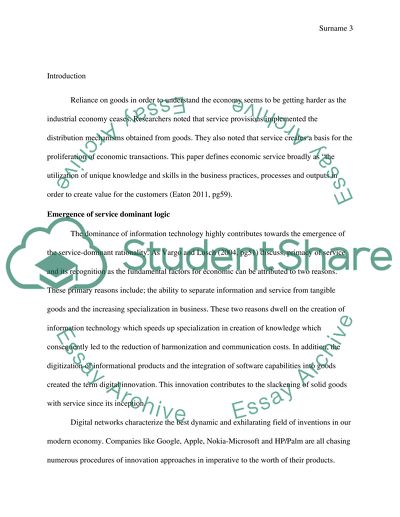Cite this document
(How Consumers Consume Case Study Example | Topics and Well Written Essays - 2000 words, n.d.)
How Consumers Consume Case Study Example | Topics and Well Written Essays - 2000 words. Retrieved from https://studentshare.org/marketing/1661739-business-innovation-in-digital-economies
How Consumers Consume Case Study Example | Topics and Well Written Essays - 2000 words. Retrieved from https://studentshare.org/marketing/1661739-business-innovation-in-digital-economies
(How Consumers Consume Case Study Example | Topics and Well Written Essays - 2000 Words)
How Consumers Consume Case Study Example | Topics and Well Written Essays - 2000 Words. https://studentshare.org/marketing/1661739-business-innovation-in-digital-economies.
How Consumers Consume Case Study Example | Topics and Well Written Essays - 2000 Words. https://studentshare.org/marketing/1661739-business-innovation-in-digital-economies.
“How Consumers Consume Case Study Example | Topics and Well Written Essays - 2000 Words”, n.d. https://studentshare.org/marketing/1661739-business-innovation-in-digital-economies.


